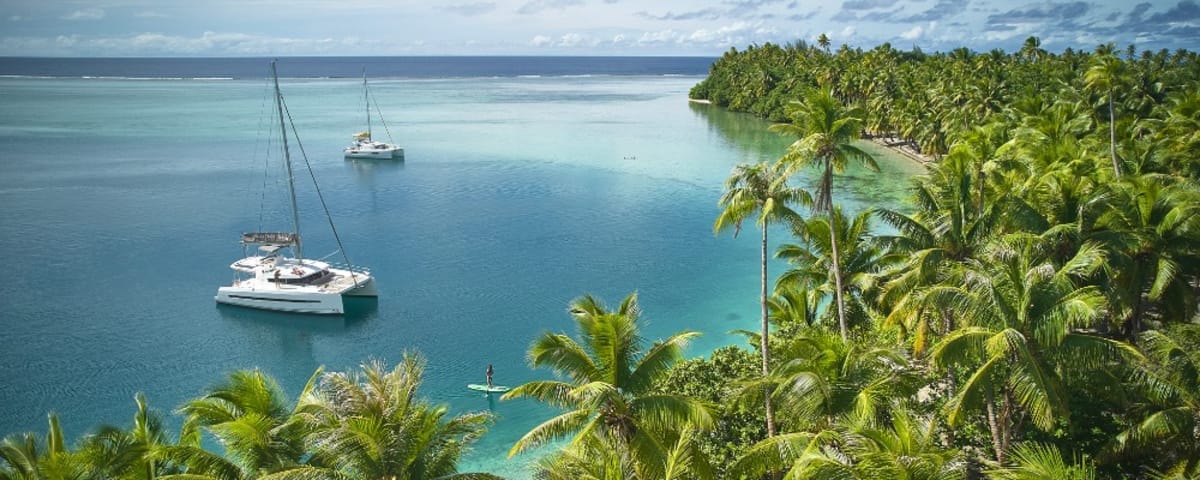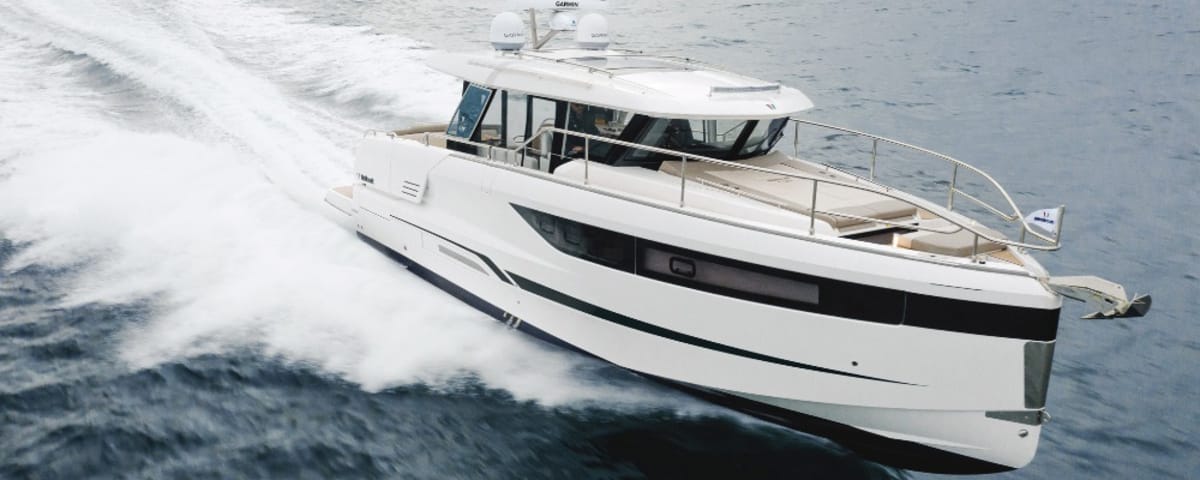Electrification of Boating: French Ports Struggle to Keep Pace
The electrification of boating is no longer a projection; it’s a clear trend. Over the past two years, shipyards have accelerated the production of 100% electric, hybrid, or hydrogen-powered sailboats and motorboats. Simultaneously, European environmental standards and societal pressure are forcing marinas to adapt. However, port infrastructure in France is struggling to keep up. Today, marinas can no longer be mere boat parking lots; they must become energy hubs, showcases of the green transition, capable of meeting new demands.
Where does France currently stand? What strategies are ports deploying to respond to this technological and ecological revolution? What economic models must they prepare for to remain competitive on a European scale? This is an investigation into a sector undergoing rapid change.
Accelerating Demand, Lagging Infrastructure
In 2024, the energy transition in boating is well underway. Shipyards have fully grasped the magnitude of the movement: over 20% of motorboats sold in France this year are equipped with electric or hybrid propulsion, according to data from the Nautical Industries Federation (FIN). The development of high-performance models from brands, combined with the rise of semi-rigid and small electric passenger boats, is contributing to the expansion of the fleet in service.
But while the fleet is evolving, land-based infrastructure is struggling to keep pace. According to the 2024 report by the French Federation of Marinas (FFPP), less than a third of French ports are currently equipped with dedicated charging stations, and only a few ports are experimenting with installations capable of handling power levels exceeding 22 kW – insufficient for catamarans or yachts with extended range. In most cases, boaters are limited to undersized standard charging points, significantly extending charging times and saturating capacity during peak season.
This mismatch between supply at sea and reality on land is pushing some ports to completely revise their strategy. Arcachon, Saint-Raphaël, Antibes, Port Camargue, and La Rochelle have launched ambitious plans in recent months: modernization of networks, deployment of smart charging stations capable of distributing the load in real-time, installation of photovoltaic panels, development of autonomous micro-grids, and even, for the most advanced, integration of energy storage systems using batteries or green hydrogen.
At Port Vauban, a pilot phase conducted in late 2023 equipped several docks with a dynamic charging system coupled with intelligent energy management. The goal: to reduce dependence on the main grid by 30% by 2026, while ensuring the ramp-up of the electric fleet. In Saint-Raphaël, a partnership with the French startup has enabled the installation of the first fast-charging stations powered in part by solar energy. The SEMBA, manager of the port of Arcachon, launched a new phase of its energy master plan in 2024, including a technical workshop dedicated to electric and hydrogen engines, a first in the region.
The Arrival of Hydrogen Raises New Challenges
While electricity is booming, hydrogen is beginning to make its way into port considerations. Pilot projects show that the zero-emission alternative is not limited to batteries. However, no French marina is currently equipped to distribute hydrogen, due to a lack of a clear regulatory framework and standardized safety infrastructure.
Dutch, Norwegian, and Spanish ports are already testing local green hydrogen production or distribution stations. In France, some regions are working on multimodal hub projects combining freight, fishing, and boating, but they remain in the study phase.
For marinas, this means preparing today to integrate energies with complex logistics, requiring not only specific facilities but also new skills (safety, maintenance, regulations).
The challenge is significant: not to slow down the transition due to a lack of anticipation. Beyond large units, port shuttles, small rental boats, and soon tenders will adopt these technologies. Maritime electromobility will not be a niche, but a standard.
Clean Ports, ISO 14001, ISO 50001: The Foundation of Green Ports
The environmental transition also relies on solid technical standards. The Clean Ports label, currently awarded to over 120 ports in France (FFPP figures, 2024), imposes high requirements in terms of waste management, wastewater treatment, pollution prevention, and boater awareness.
More and more marinas are combining this label with ISO 14001 (environmental management) and ISO 50001 (energy performance) certifications to integrate their approach into a global management logic. In La Rochelle, for example, the port is ISO 14001 certified and has been conducting a comprehensive energy audit since 2023 as part of the local Climate Air Energy Territorial Plan (PCAET).
However, obtaining these labels and certifications requires human, technical, and financial resources. Many small municipal ports, which do not have access to funding or private management schemes, are still struggling to fully commit.
Europe Pushes, Boaters Too
At the European level, requirements are increasing. The European Commission has integrated marinas into its “Green Deal Maritime Strategy,” with strong incentives to electrify infrastructure and green fleets. In Spain, the Valencia Marina aims for carbon neutrality by 2030, while the Netherlands is already equipping its marinas with hydrogen stations and interconnected solar networks.
This dynamic is exerting increasing pressure on French ports. Especially since users themselves are becoming more demanding. A 2023 survey shows that 78% of boaters surveyed want their home port to offer concrete solutions for the energy transition (clean energy, sustainable waste management, services adapted to electric boats).
Towards an Intelligent and Resilient Port Ecosystem
The port of tomorrow will not only be eco-responsible, but it will also be intelligent. The emergence of digital solutions makes it possible to better manage energy consumption, anticipate maintenance needs, regulate flows, and offer services adapted to each type of boat.
In Brest, as part of the Smart Port Atlantic project, IoT sensors have been installed on dockside terminals to measure water and electricity consumption in real-time. This pilot project aims to create a digital twin of the port, capable of simulating different development or energy optimization scenarios.
An Imperative: Support Port Managers
Despite these encouraging examples, the success of the transition will depend on a massive increase in support for port managers. The FFPP calls for the establishment of a national fund to aid the energy transition of ports, co-financed by the State, the Regions, and European funds. While large marinas can invest, smaller ports must be supported to avoid falling behind.
Training and skills development programs are also necessary. Managing a low-carbon port requires specific know-how: in electrical maintenance, data management, and relations with new energy suppliers.
The evolution of boating, with the expected explosion of electric and hydrogen units, is forcing French marinas to reinvent their role. They can no longer be mere parking interfaces but must become strategic players in the maritime energy transition.
France is moving forward, but at varying speeds depending on the region. While ports like Vauban, Arcachon, and La Rochelle are leading the way, many infrastructures remain behind, hampered by a lack of resources or vision. To avoid missing the turn, a systemic change must be initiated, at the intersection of public policies, private innovations, and boater expectations.
Remember to check all the information on the ports in France and in Europe on the mobile application and don’t forget to consult the forecast on .
Enjoyed this post by Thibault Helle? Subscribe for more insights and updates straight from the source.


